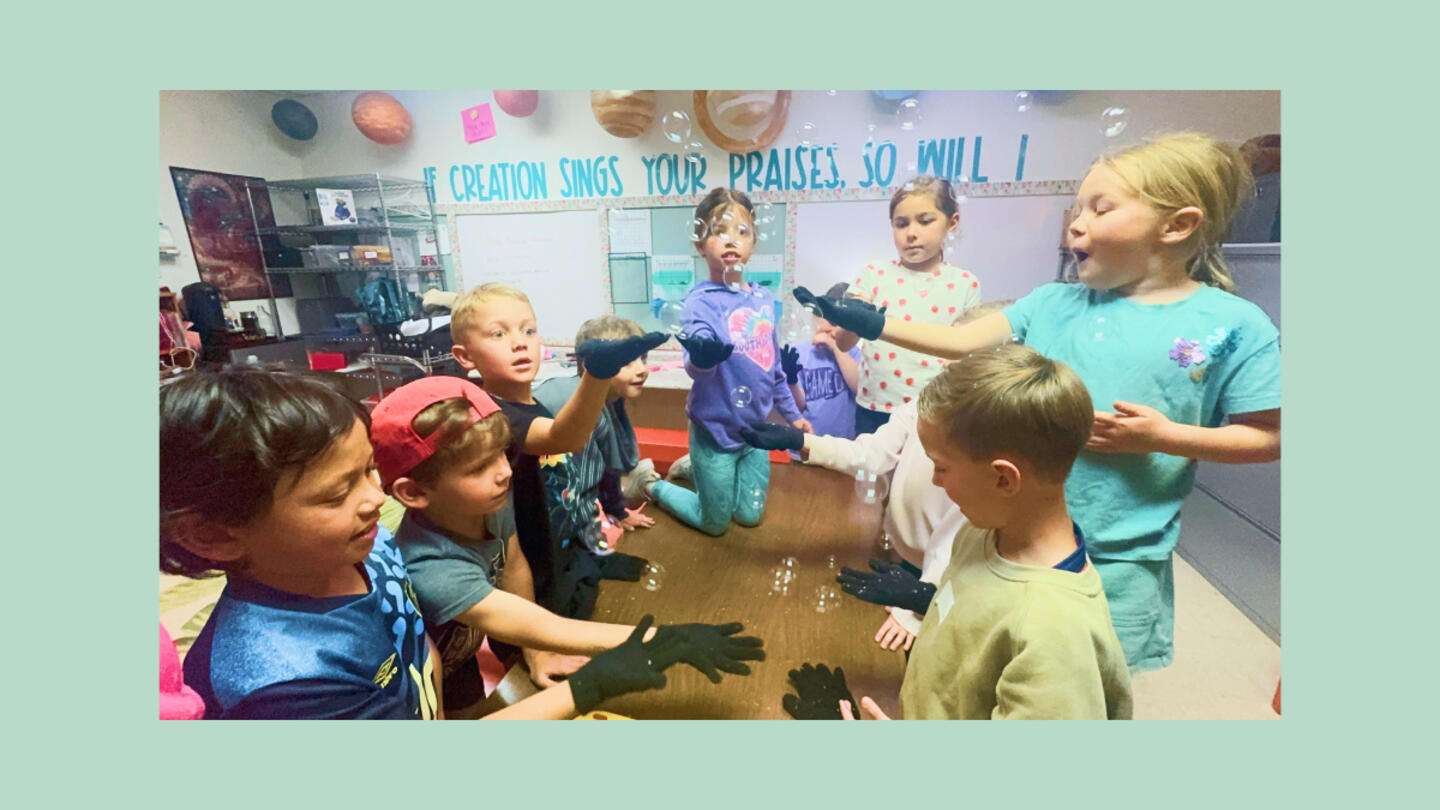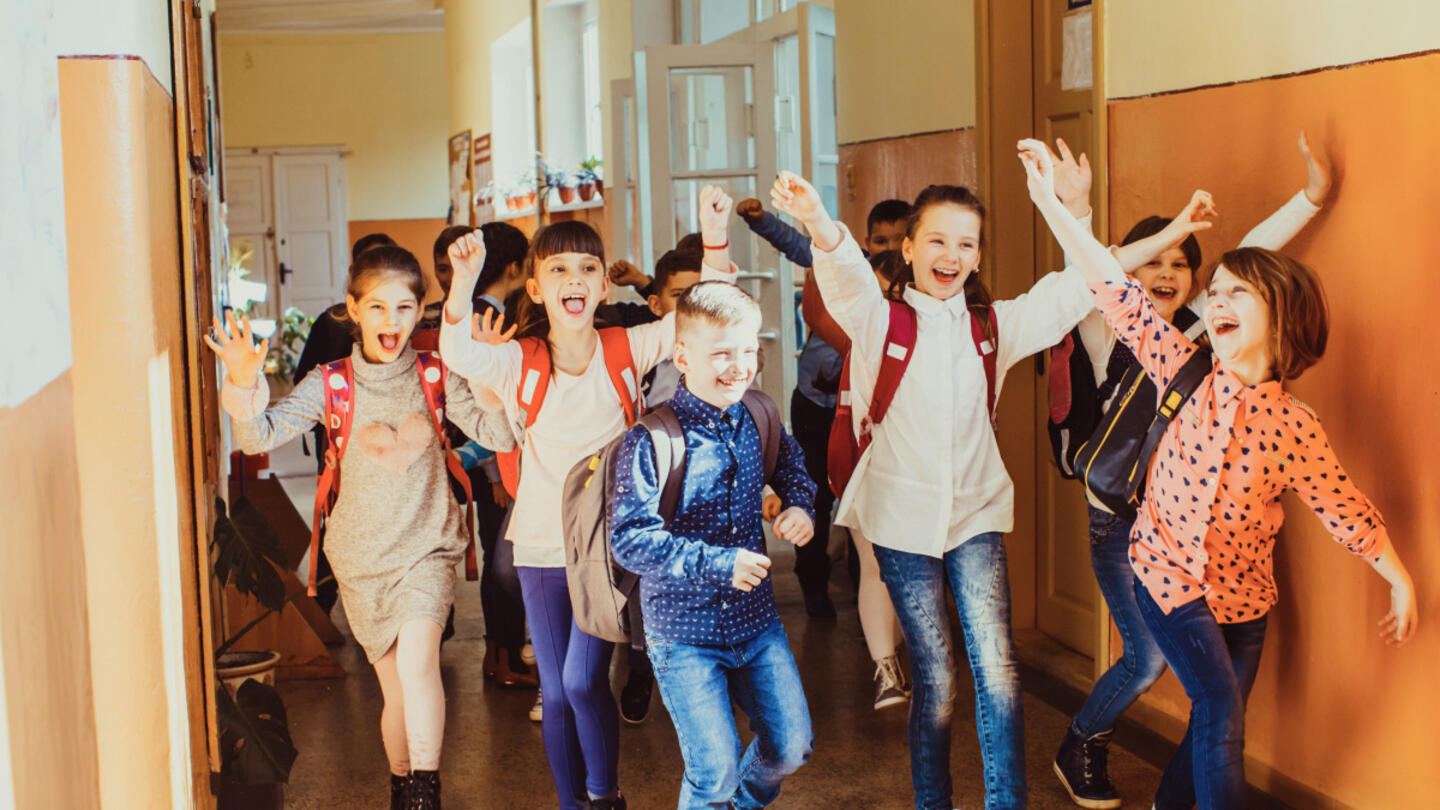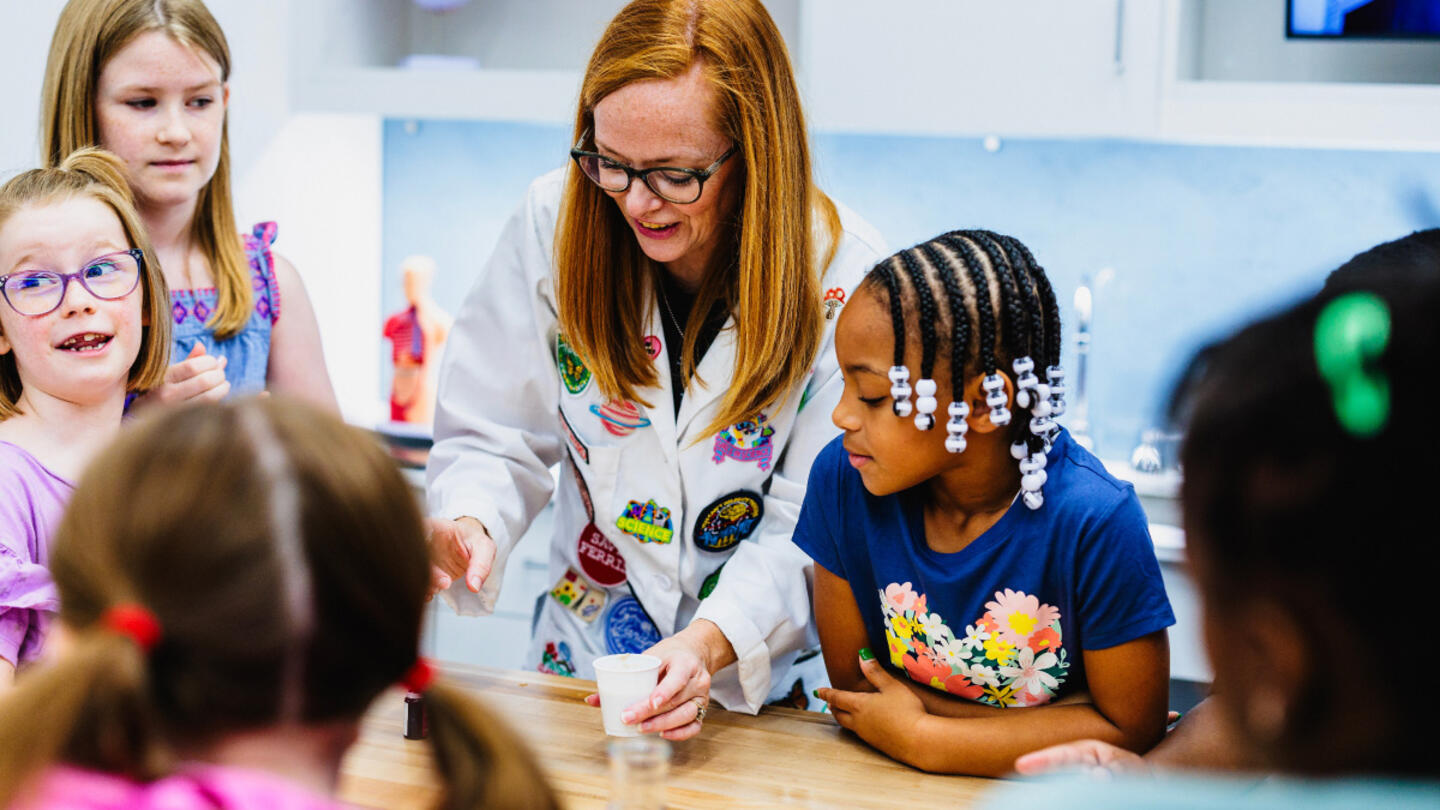For years, education reform has been framed as a battle between public and private schools.
What if one possible solution lies not in division but in collaboration?
Learning Lab Wichita, a colearning space for K-12 education, is flipping the script, proving that diverse school models — public, private, and homeschool — can coexist, complement one another, and work toward a shared mission: personalized learning for every student.
Located in downtown Wichita’s historic Union Station, once a bustling hub for travelers, this landmark now serves as a vibrant hub for learning, where educators, community members, families, and students come together to push the boundaries of what’s possible in education. At its core, the Learning Lab isn’t about choosing sides. It’s a space for innovation and experimentation — an incubator for the future of education.
“We asked the question, ‘What could a coworking space for education look like?’” said Lydia Hampton, Learning Lab’s operations director. “How would a coworking space, where we’re sharing resources and basically crowdsourcing people into a space where they can engage, help move the needle on personalized education?”
Learning Lab’s most surprising innovation? It brings together public and private classrooms alongside a thriving homeschool community — all under one roof.
“We don’t have the answers,” said Hampton. “Every child is different and unique, and they need to learn in unique ways. That’s why we are supporting multiple options of what that learning could look like.”
This bold approach puts students first. Through insights from Hampton, parents, and educators, Learning Lab is uniting people to create student-centered learning environments for today’s learners.
Could this be a major breakthrough in education?
A place to make learning your own
Learning Lab has a bright, open atmosphere — a physical reflection of the open, dynamic conversations happening inside. Expansive windows surround the space, flooding it with natural light, all of which evoke a sense of openness and transparency.
Everything is designed with flexibility in mind, empowering learners and educators to shape their environment as needed. Garage doors can be raised or lowered to adjust room sizes, while nearly every piece of furniture is on wheels, making it easy to rearrange spaces to accommodate different learning styles or group sizes. Even the walls invite creativity. Students and teachers can write on them, turning any space into an opportunity for expression and collaboration.
Spanning 15,000 square feet, this isn’t just a place to learn — it’s a place to make learning your own.
Divided into three distinct “neighborhoods” — Gather, Connect, and STEAM — the layout encourages movement and interaction.
“We’ve built in what I call ‘collision points,’” said Hampton. For example, the kitchen is located in the Connect neighborhood, while the restrooms are in the STEAM neighborhood, prompting people to leave their designated spaces and interact with others.
“It feels like a hub,” Hampton continued. “It’s always buzzing. People are going to the things that they need, and in the process, they’re connecting with people that they don’t know. I want you to cross paths with someone and say, ‘Hey, how’s it going? What are you here doing today?’”

Organic interactions enrich the learning experience
“Our goal is to lower the cost of courage for education innovators, empowering them to take that ambitious leap and bring their ideas to life — so more students can thrive,” said Hampton.
Learning Lab is home to four resident learning models, each bringing a distinct approach to education:
Creative Minds, a Wichita Public Schools program, reimagines the traditional one-room schoolhouse, offering K-6 students hands-on, project-based learning experiences.
Khan Lab School Wichita, the first expansion of Sal Khan’s innovative in-person school, integrates online and face-to-face learning to help students achieve their academic goals.
Guiding Light Academy, part of the Buhler Public School District, blends individualized online instruction with in-person collaboration to create a personalized K-8 learning journey.
Meanwhile, WISE (Wichita Independent Secular Educators) is a homeschooling group that prioritizes child-led learning, community engagement, and flexible, enrichment-focused activities for families.
Despite being open for just over six months, the benefits of sharing a space have quickly become evident. At Khan Lab School, students started a crochet club, and when others from different learning pods saw them crocheting, they asked to join. Now, the club includes students from several learning groups.
In the Creative Minds classroom, students launched a project to raise money for a tiny home for people experiencing homelessness by hosting a “cardboard carnival,” building games from recycled materials. When students from Khan Lab and Guiding Light Academy heard about it, they joined in. Altogether, students created 25-30 games from cardboard in the Learning Lab’s “makerspace.” The entire community got involved, and the event raised nearly $2,000.
Sign up for Stand Together's K-12 newsletter and get stories, ideas, and advice from changemakers who are transforming education across the country.
Collaboration extends beyond large projects to everyday learning. A kindergarten-age homeschool student regularly joins a Creative Minds reading group for younger students, while Kammi Altig, a parent and WISE board member, leveraged Learning Lab’s science space so her 14-year-old son could dissect a shark for his online marine biology class — rather than at her kitchen table. Initially hesitant about others watching, he put up a sign asking for privacy until he finished, then proudly shared his findings.
“I have a cute picture of them all gathered around while he’s identifying the internal parts of the shark, basically teaching them what he just learned,” Altig said.

The next eagerly anticipated collaboration is a field day in May — an experience often missing for students outside the traditional school system.
The benefits go beyond what’s in the building. Learning Lab’s downtown location is at the heart of the Wichita community, and Hampton and her team actively connect educators with local people and programs to enrich student learning.
“Suppose some students develop an interest in woodshop,” said Kyle Ellison, director of Khan Lab School Wichita. “We don’t have a woodshop at Learning Lab, but instead of seeing that as a limitation, we ask, ‘Where can we take this group of kids so they can fully immerse themselves in that experience?’”
Building a stronger community through shared learning
In addition to the resident learning models that occupy their own dedicated spaces, Learning Lab offers flexible, a la carte options for the community. Anyone can reserve a workshop room.
The eagerness of the community to use the space has surprised Hampton. “Just the number of people who are consistently saying, ‘I want to offer something’ — I didn’t expect that,” she said. “We planned for these community partners, but I thought we would have had to work harder to get that.”
So far, community offerings have spanned a variety of subjects, including forensic science, Spanish, American Sign Language, sports journalism, ballet, printmaking, college prep, holidays around the world, and even a “Lion King”-themed musical theater class.
Ellison has seen firsthand how diverse learning opportunities enrich his students’ experiences. When a local dance school began offering weekly ballet classes at Learning Lab, students — including some he never expected — eagerly joined in. Instead of launching a traditional school newspaper, his students took a different approach, forming a news broadcasting club and putting Learning Lab’s video studio to use.
Since joining Learning Lab, WISE families have felt a stronger connection to the greater Wichita community. They especially appreciate the expanded access to local workshops and classes. The homeschooling community has also launched a “Know Your Neighbor” field trip series, allowing families to explore and engage with local businesses and cultural spaces.
The group meets at Learning Lab before walking to local businesses. So far, they have visited a local bookstore and a nearby art gallery. They soon plan to walk to a restaurant, an outing the children are especially excited about.
“We try to get out in the community and see what’s around us,” said WISE founder Jaime Snider. “How fortunate we are to be in downtown Wichita and be part of everything that’s going on down here.”

From design to development and opening, Hampton’s biggest surprise has been the openness of Wichita Public Schools. “When I approached institutional partners, I asked, ‘What would you do if you had an incubator space to test out an idea?’” she recalled. “They immediately saw the value.”
It’s having a ripple effect in the surrounding communities. Other districts are closely watching the Creative Minds and Guiding Light initiatives to see how these innovative experiments unfold.
“Public education changes very slowly because there’s a lot of red tape,” said Olivia Sumner, the Creative Minds teacher. “We’re challenging that. The goal is to get a little bigger next year and the year after and keep the snowball effect going. There are a lot of people who want this change, and we’re here doing it. Hopefully we can spur change on a much grander scale.”
Learning Lab Wichita is supported by Stand Together Ventures Lab, which invests in and supports founders and their early-stage start-ups that are challenging the status quo.
Khan Lab School Wichita is supported by Stand Together Trust, which provides funding and strategic capabilities to innovators, scholars, and social entrepreneurs to develop new and better ways to tackle America’s biggest problems.
Learn more about Stand Together’s education efforts and explore ways you can partner with us.

‘We want these boys to know that regardless of where they come from, they still can be excellent.’

New Johns Hopkins data shows homeschooling’s recent surge has transformed the education landscape.
Step 1: Find the best learning environment for your child. Step 2? Figure out how to pay for it.

Here’s what happens when AI replaces teachers.
